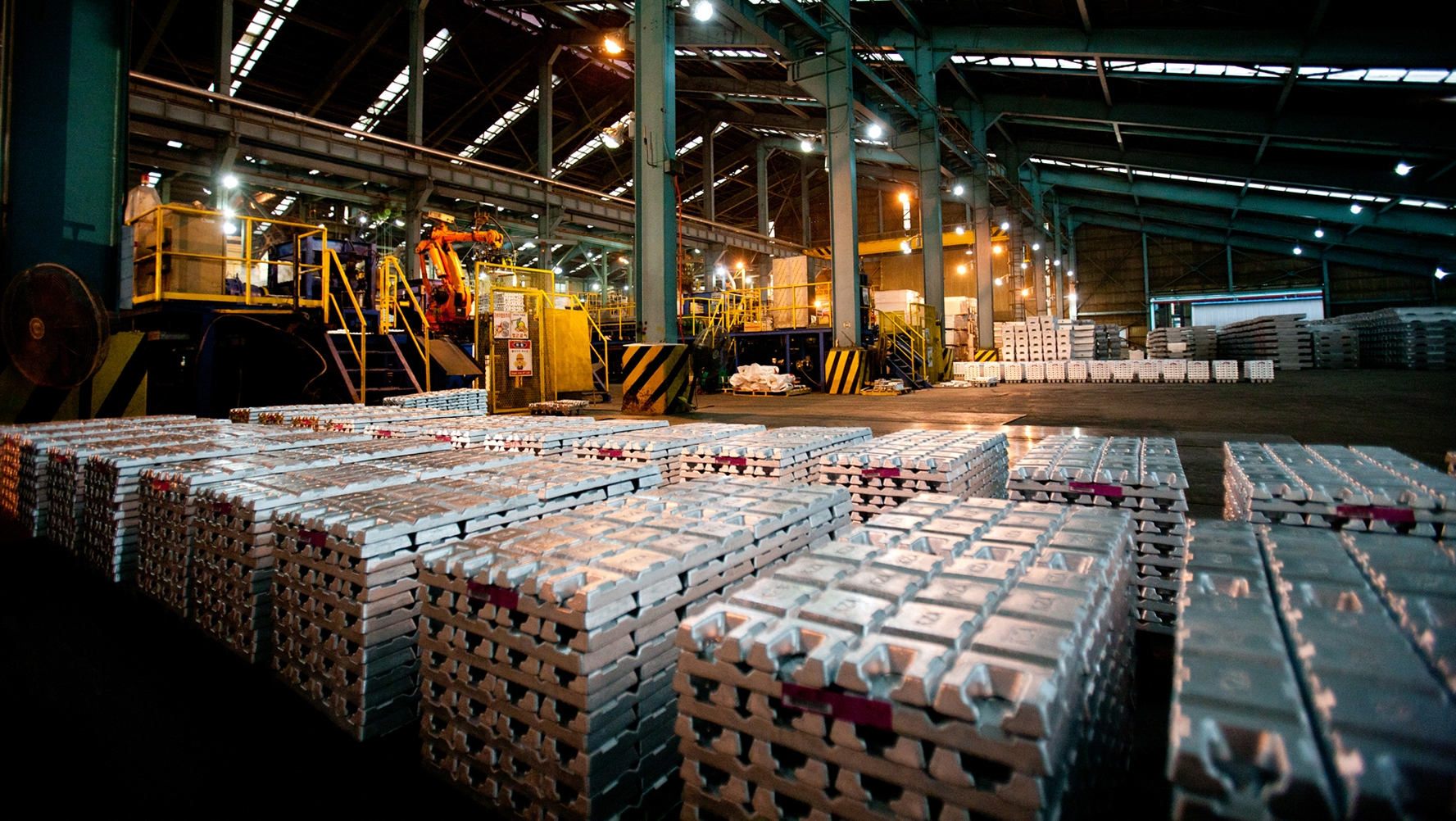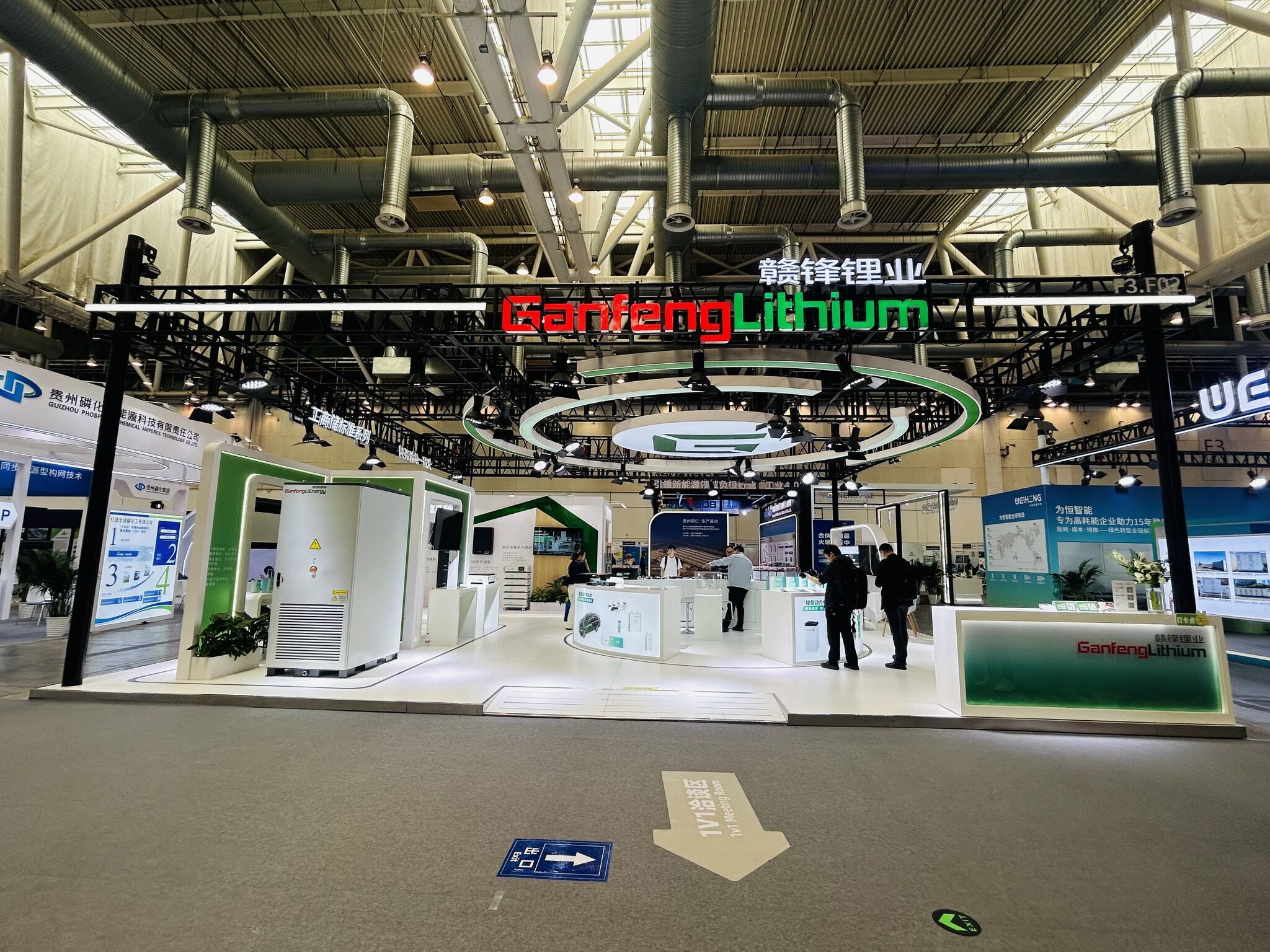The rare earth sector needs these three things to prosper
For too long, the rare earth space has operated in obscurity. Greater clarity on prices, inventory levels and demand will create more market stability, according to Matt Gibson, institutional research analyst with CIBC World Markets. In this Critical Metals Report interview, Gibson emphasizes that rare earths are for the risk takers—at least for now. For the strong of stomach, he offers details on trading levels, catalysts and opportunities. How will you place your bets?
The Critical Metals Report: Matt, in a recent research report, you noted that the rare earth element (REE) space is being driven by market sentiment. Do you expect sentiment to change in the near term?
Matt Gibson: Recent support for REE prices has lifted some of the stocks off the bottom. I think we will need a more prolonged period of price stability to really return a lot of positive sentiment.
TCMR: When might that happen?
MG: That is tough to say. We need a lot more clarity regarding Japanese demand and Chinese supply. We should have that clarity over the next six to eight months.
TCMR: Is getting REE data from inside China easier now than it used to be?
MG: There are a number of systems that track pricing data and make it available on Bloomberg terminals now. A number of websites are also dedicated to tracking prices.
TCMR: Will that improved transparency provide investors more security?
MG: I think it helps. The tough part is knowing how much volume is being traded at a given price. Without volume data, it is hard to evaluate the conviction behind a specific price. The current systems do not always provide volume data.
TCMR: You also noted in your report that REE equities have betas up to three times the market. As a benchmark, what is the average beta for an exploration-stage base metal company?
MG: I would say that your typical producer would have an average beta of about 1.5 times the market and a junior would be closer to twice the market. It is fair to say that high risk, high reward is a characteristic of this space.
TCMR: What are the highest-beta names in the REE space?
MG: Names like Molycorp Inc. (MCP:NYSE), Avalon Rare Metals Inc. (AVL:TSX; AVL:NYSE; AVARF:OTCQX) and Rare Element Resources Ltd. (RES:TSX; REE:NYSE.MKT) have the highest beta to REE prices and general sentiment in the space.
TCMR: In a June 2012 report you wrote that REE companies were trading at an average of 0.3 times net asset value (NAV). What are they trading at now, on average?
MG: The juniors are still trading at that level. Molycorp, being closer to the production stage, is trading at about 0.4 times its NAV. By comparison, the juniors recently touched down at 0.2 times NAV. They have traded as high as one times NAV.
TCMR: What are the essentials of your REE equities thesis?
MG: Right now it goes back to what I mentioned earlier: prolonged price stability in the overall REE market, clarity about Japanese demand, inventory levels and Chinese supply.
A better sense of where global growth in general is going would help, too.
TCMR: Looking at your coverage universe from A to Z, Avalon recently amended its process flow sheet to exclude the cost-of-cracking stage. That will shave $200 million ($200M) off its capex and about $70 per ton (t) in operating costs. However, its capex remains close to $1.2 billion ($1.2B). Are these changes enough to make Avalon’s Nechalacho REE project economic?
MG: While shaving off part of the capex and operating costs is important for the economics, I think the real savings lie in derisking the project from an operational and technical standpoint. The company is taking a very complex piece of technology out of the flow sheet. That should help Avalon find a partner for the project and derisk putting Nechalacho into production.
TCMR: Why has Avalon not yet made an agreement with an offtake partner?
MG: Avalon is dealing with mineralogy that has never been processed before, so it is developing a novel flow sheet. Before pulling the trigger, any potential offtaker or joint venture partner will want to make sure that Avalon has completed the pilot plant testing and product testing phases with a larger volume of material. Avalon is completing its pilot plant testing right now. Once that is done and the definitive feasibility study is finished, potential joint venture partners will be looking at a project with much less risk.
TCMR: Is the processing plant in the southern U.S. still part of Avalon’s plan?
MG: Yes, that is where the cracking and separation facility is likely to be located.
TCMR: In an August 8, 2012 research report on Avalon, you wrote, “Trade disruptions between China and the rest of the world will maintain tightness in the market and increase the possibility of a takeover offer for AVL.” Who would be the potential suitors in a situation like that?
MG: I was thinking that emerging producers like Lynas Corp. (LYC:ASX) or Molycorp, having a robust production profile for light rare earths, would perhaps be attracted by Avalon’s heavy rare earths. However, both of those companies are going through their own growing pains and are experiencing issues with ramping up production. As a result, the timing for potential transactions may have been pushed out into the future.
TCMR: What is more likely for Avalon, an offtake agreement, a takeover offer or both?
MG: In the near term, an offtake agreement is more likely.
TCMR: You also follow Frontier Rare Earths Ltd. (FRO:TSX). In June, it was trading below cash. Recently, Frontier’s joint venture partner, KORES, delayed a ~$24M payment by two weeks. Should investors be nervous?
MG: I do not see any cause for concern over a delayed payment. Frontier ended the quarter with $30M on its balance sheet; the company is not hurting for cash. [Editor’s note: KORES completed its transaction Friday, Dec. 14, and Frontier currently has a cash balance of $52M]
TCMR: What makes Frontier attractive compared to other REE equities?
MG: Three things make Frontier attractive. Compared to a lot of the other juniors, it has a much higher-grade deposit. Its mineralogy has a known processing method, so the company does not have to develop a flow sheet from scratch. Finally, it has a strong financial partner in KORES.
TCMR: What is its timeline to production?
MG: Ultimately that will depend on permitting and a lot of derisking activities. Right now, I see the project coming into production in the 2016 timeframe.
TCMR: Does having a strategic partner like KORES scare off potential takeovers?
MG: It could be a deterrent; it also could attract interest. The REE space is very much like a specialized chemical business. Knowing where you will be selling the material at the end of the day and that it will meet an actual customer’s needs is attractive in the REE space.
TCMR: You also cover Molycorp, the largest of all REE plays in terms of market cap. You have a Sector Outperform rating on Molycorp with a 12–18 month $20 target price. Molycorp was trading at $35 in April. Does Molycorp deserve the beating its share price has taken since then?
MG: Whether the price drop is warranted is outside my scope. I will say that several things have contributed to the price decline. One is an increase in capex that affected the valuation. The continued decline in REE prices also contributed. There has been dilution associated with Molycorp’s equity financing. And I think the investment community is disappointed with how forthright management has been in discussing the capex increases.
TCMR: Not long ago, Molycorp was flush with cash. Now, it will need more capital to complete the ramp-up of Mountain Pass. Has the company mismanaged its resources?
MG: I do not know if this is a matter of mismanagement. These things tend to happen in projects where you are putting so many components in place. Typically, the labor component ends up costing more than expected. This is mostly a function of how much time it takes to get these projects built and up and running.
TCMR: Molycorp should end 2012 producing about 19,000 tons per year of rare earth oxides and finish 2013 at 40,000 tons per year. Will that be enough to put Molycorp in the black?
MG: It should be enough. I am forecasting a further decline in its REE basket price to $18 per kilogram. However, ramping up production will spread its operating costs over more production. Ultimately that will drive Molycorp into profitability.
TCMR: Do you have any parting thoughts for retail investors looking to add REE exposure to their portfolios?
MG: The REE space is for investors with a higher-than-average risk tolerance. It is for people who are bullish on global growth and in the sectors that drive REE demand. It will take some time for price stability and sentiment to return to the market. That is the tradeoff every investor has to consider.
TCMR: Matt, thank you for your time and your insights.
Matt Gibson joined CIBC’s Equity Research Department in February 2009. He covers the junior base metals, rare earth, uranium and iron ore spaces. His more macro focus and financial acumen have helped to support commodity-related calls and augment the wealth of technical expertise on the mining research team. Gibson holds a Master of Business Administration from McMaster University, where he focused on financial markets and business valuation, and a bachelor’s degree (Honors) in economics from McMaster University.
Read about Matt Gibson’s ideas for investing in iron ore here.
Want to read more exclusive Critical Metals Report articles like this? Sign up for our free e-newsletter, and you’ll learn when new articles have been published. To see a list of recent interviews with industry analysts and commentators and learn more about critical metals companies, visit our Critical Metals Report page.
DISCLOSURE:
1) Brian Sylvester of The Critical Metals Report conducted this interview. He personally and/or his family own shares of the following companies mentioned in this interview: None.
2) The following companies mentioned in the interview are sponsors of The Critical Metals Report:Rare Element Resources Ltd. and Frontier Rare Earths Ltd. Interviews are edited for clarity.
3) Matthew GIbson: I personally and/or my family own shares of the following companies mentioned in this interview: None. I personally and/or my family am paid by the following companies mentioned in this interview: None. I was not paid by Streetwise Reports for participating in this interview.
Image of three spoonbills from Flickr Commons
More News
Energy storage boom strengthens demand outlook for beaten-down lithium
January 04, 2026 | 05:54 pm
Korea Zinc revises share issuance for US smelter to $1.94 billion
January 04, 2026 | 11:55 am
{{ commodity.name }}
{{ post.title }}
{{ post.date }}






Comments